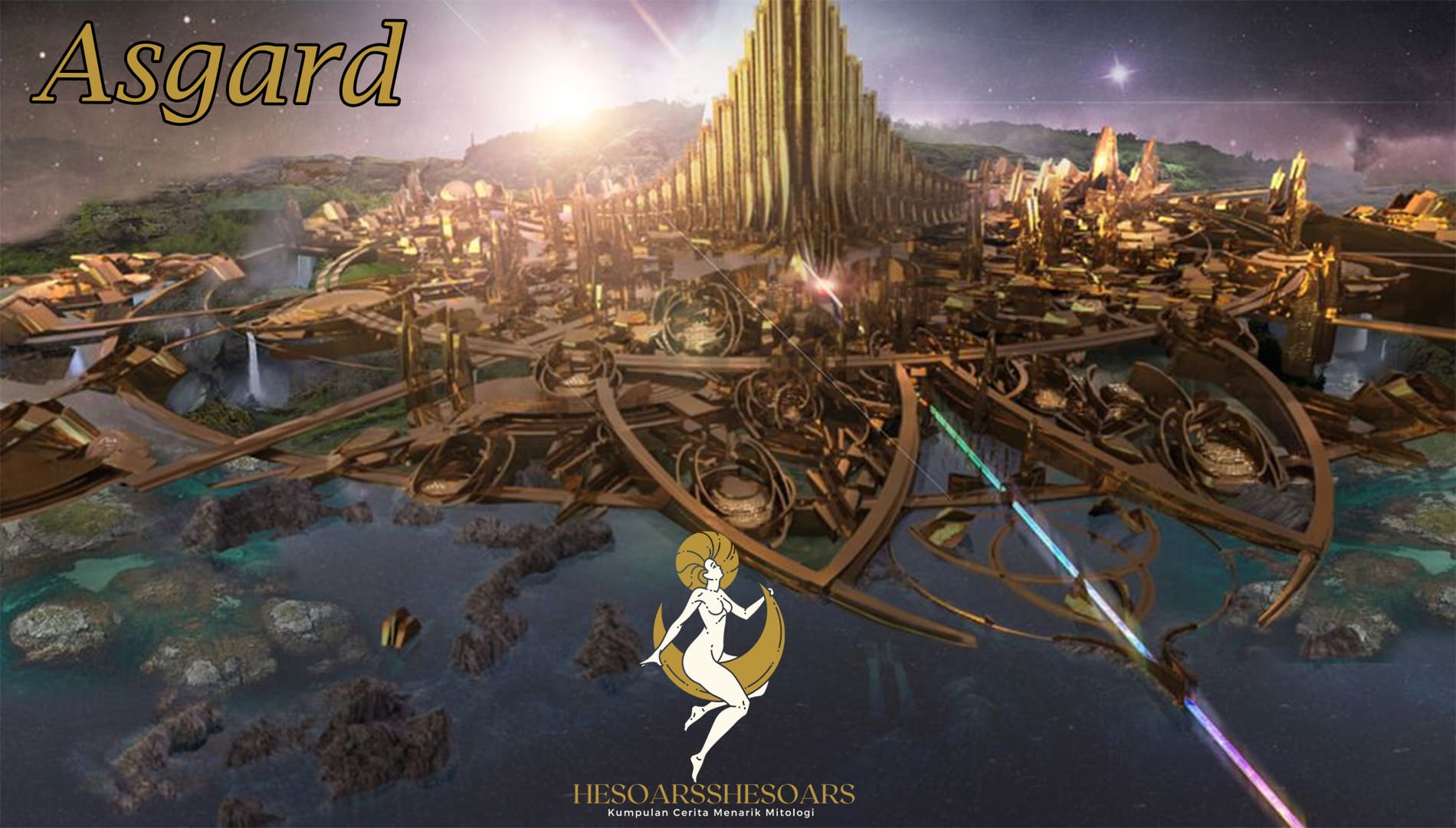In the rich tapestry of Norse mythology, Asgard stands out as a symbol of majesty, power, and the supernatural. As the dwelling place of the Aesir, a principal group of Norse gods, Asgard has captivated the imagination of historians, mythologists, and enthusiasts alike. This article delves into the allure of Asgard, exploring its significance, inhabitants. The mystical elements that make it a cornerstone of Norse lore.
The Essence of Asgard
Asgard, derived from the Old Norse words “Áss” (God) and “garðr” (enclosure), literally means “Enclosure of the Gods.” This celestial fortress is depicted as an impregnable realm situated in the sky, only accessible via the Bifrost. The shimmering rainbow bridge guarded by Heimdall. This location underscores its importance and separation from the worlds of both humans (Midgard) and other entities within the Yggdrasil, the cosmic tree connecting the nine worlds of Norse cosmology.
Architectural Marvel and Symbolism
The descriptions of Asgard in ancient texts like the Poetic Edda and the Prose Edda paint it as a place of grandeur and wonder. It’s often portrayed with magnificent halls and palaces, each belonging to a specific deity, with the most famous being Valhalla. The hall of the slain, presided over by Odin, the chief among the Aesir. The architecture of Asgard is not just a display of divine opulence but also a reflection of the power and responsibilities of the gods who reside there.
Inhabitants of Asgard
Asgard is home to numerous gods and goddesses, each with their unique attributes and roles. Key figures include:
- Odin: The wise and one-eyed Allfather, ruler of Asgard and god of war, wisdom, and death.
- Thor: God of thunder, known for his immense strength and his unbreakable hammer, Mjölnir.
- Frigg: Odin’s wife, associated with love, fertility, and foresight.
- Loki: A complex figure often depicted as a trickster and a shape-shifter, not strictly one of the Aesir but closely associated with them.
Cultural Impact and Modern Depictions
Asgard’s influence extends beyond ancient texts; it permeates modern culture, notably in literature, art, and film, particularly in the adaptations of Marvel Comics, where Asgard and its inhabitants are key figures in the Marvel Universe. However, these contemporary portrayals often take considerable creative liberties, emphasizing the need to differentiate between mythological texts and popular media interpretations.
Asgard in Eschatology: Ragnarok
Asgard plays a pivotal role in Norse eschatology, particularly in the events of Ragnarok – the prophesied end of the world. In these legends, this is foretold to face a massive invasion from its enemies, including the giants and the monsters of chaos, leading to a cataclysmic series of events culminating in the destruction and eventual rebirth of the world.
Conclusion
Asgard’s portrayal in Norse mythology is more than just a mythical abode of gods; it’s a symbol of power, culture, and the mysteries of the divine. It reminds us of the Norse people’s quest to understand the universe and their place within it. The legends of Asgard, rich in symbolism and imbued with the moral and philosophical. Questions of its time, continue to intrigue and inspire, echoing through the corridors of history into our contemporary world.




